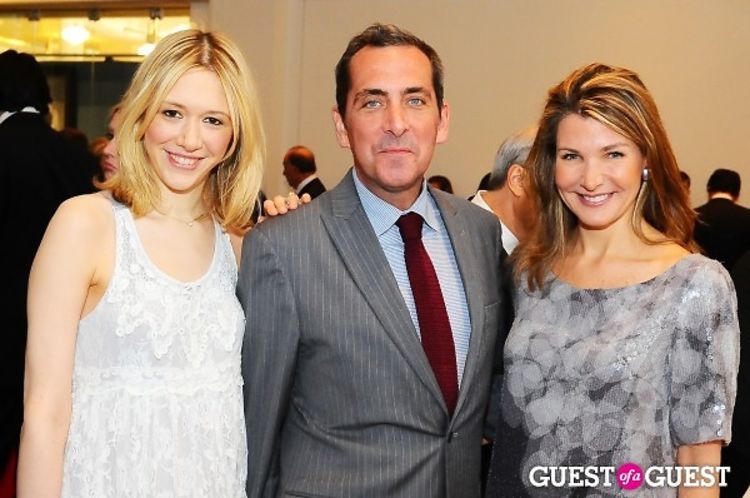


Osborne later became president of the Association for the Protection of the Adirondacks. The 23-mile stretch is considered the only uninterrupted public fishing water of appreciable size in the Catskills.Ĭonservation Commissioner Lithgow Osborne is revered for his role at the 1938 NYS Constitutional Convention where he helped thwart the private interests who sought to weaken the "forever wild" provisions concerning the Forest Preserve.
#Eliza osborne license#
As state conservation commissioner in the 1930s, Lithgow used a portion of fishing license fees to buy up fishing rights of private landowners along the river. While perhaps his most important work was done in the international sphere, the Lithgow legacy most blest to this day involved his conservation work in and for New York State.įor example, avid Catskill Mountains fly-fishermen who consider the Beaverkill River a sacred place credit his foresight for why the lower Beaverkill remains open to fishermen. Osborne delivered the brief acceptance speech on behalf of the former Secretary of State who was too ill to participate personally. Ambassador Extraordinary and Plenipotentiary to Norway, Lithgow accepted for the "Father of the United Nations" Cordell Hull the 1945 Nobel Prize for Peace. One of his rare moments of high visibility came in the Nobel Institute auditorium, Oslo, the afternoon of Dec. entered WWI, Lithgow and other staffers at the American embassy in Berlin would inspect and report on the camps' compliance or noncompliance with standards for humane treatment under various international treaties and conventions.ĭespite serving at top levels of government, he tended to stay out of the limelight. Rather, these were POWs - captured Allied soldiers - in German camps. State Department diplomat and New York State Department of Conservation Commissioner (those agencies' current logos are shown, above and below, respectively and respectfully) generated many of items in the Osborne Family papers collection.Įarly in his foreign service career, Lithgow found himself investigating conditions encountered by prisoners but not the category of inmates with whom his father dealt at Sing Sing. The distinguished career of Lithgow Osborne as U.S. New York politics and prison reform the recurring topics. Materials are arranged under the names of speakers, in alphabetical order, then by title or general subject, also alphabetically arranged. include notes, drafts, typescripts and printed speeches delivered by Thomas Mott Osborne, Lithgow Osborne, and others, mainly within the period 1895-1945. He was a companion of Thomas Mott Osborne during their travels in 1877-1878. holds transcripts of letters sent home by William Thomas Davis during a world tour. The remaining letterbooks contain his correspondence (1898-1900) as a trustee ofGeorge Junior Republic in Freeville, N.Y. The first 15 volumes comprise the business and personal correspondence of Osborne between 18. All are carbon copies roller letter impressions on lightweight paper. There are 18 letterbooks of outgoing correspondence by Thomas Mott Osborne. The excerpts below are taken from the rest of the guide's description of materials in that Communications and Writings category.] Part of the guide's description of materials in that category are the letter lists, excerpted on the preceding three pages of this web presentation - Pages 10, 11 and 12. In organizing the Osborne Family papers, the finding aid groups together Correspondence, Speeches and Writings into a category called Communications and Writings. An Inventory of Papers in Syracuse University Libraries ©


 0 kommentar(er)
0 kommentar(er)
